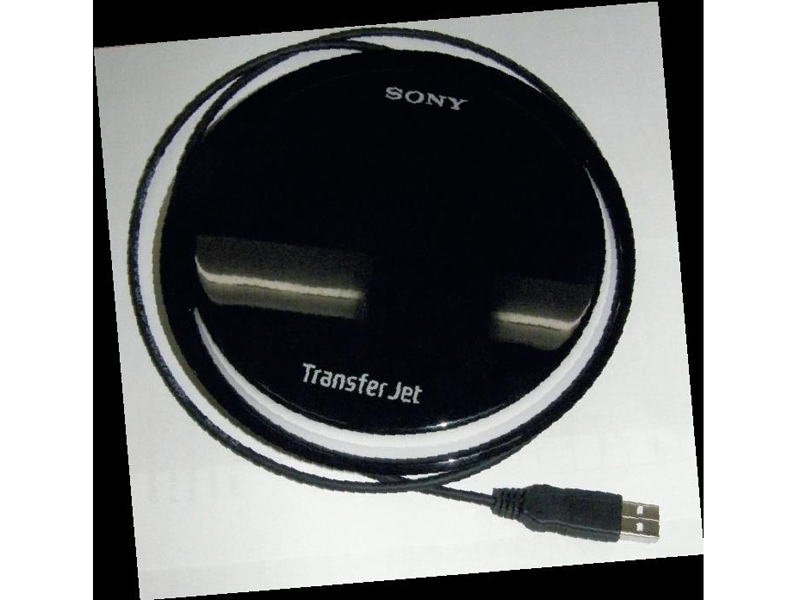
With Wi-Fi, Bluetooth and soon Ultra WideBand and Wireless USB polluting our airwaves, why does Sony think another wireless technology will prove a success?
Unlike the four mentioned above, Sony's TransferJet technology isn't proposed as a disruptive transmission force: it uses electric induction to transmit data rather than the radiation field antennas used by 802.11 Wi-Fi kit.
This means that TransferJet won't interfere with or be degraded by any surrounding radio signals – and this includes natural interference. Most personal area network applications don't need to be wireless over any significant distance.
Could TransferJet replace USB cables?
Think about what you use wired USB for now; it’s mostly suited to transferring large data files from external storage devices, or perhaps synchronising your smartphone. The common thread is that you are usually not too far away from the device you are transferring to.
What users want is an untethered and seamless connection to a large number of consumer electronics devices, with no setup, no interrogating interface and no connection drop-out when you least expect it.
An exclusive demo at Sony’s Tokyo headquarters revealed the potential of TransferJet. Once a close proximity connection is recognised, TransferJet’s induction coils jump into life with almost instant device ID recognition.
Get daily insight, inspiration and deals in your inbox
Sign up for breaking news, reviews, opinion, top tech deals, and more.
"Just touch two electronic products together and files are transferred automatically. TransferJet eliminates the complex setup procedures required by existing wireless systems, and no access point is necessary. Furthermore, users are also able to register their electronic products to enable TransferJet to recognize specific products. For example, by registering only the devices within their household, users can prevent external data leakage. Operation is also very intuitive, and as there is no host/target relationship, data transfer can take place between mobile phones and PCs for example, as well as between mobile devices." - Sony Develops New Close Proximity Wireless Transfer Technology "TransferJet"
Putting the 'jet' into TransferJet
In each case, the receiving device connected in about a second and transferred around 40 high-res JPEGs in a few more seconds to a connected display. A similarly seamless demonstration was given of a 1080p HD video playing on the screen.
With TransferJet’s real-world transfer rate of around 375Mbps, there’s even enough headroom for simultaneous applications.
With wireless technologies criticised for draining the power from diminutive devices, we asked Sony how much energy TransferJet required for operation. While Sony is playing its cards clse to its chest, it told us that the power used by TransferJet (per bit of data transferred) is a mere fraction of that used by other wireless technologies such as Wireless USB, 802.11a/g and Bluetooth 2.0.
Sony seems to have a front running attitude to what’s required for the public at large. And more importantly, it’s demonstrating full working products already.